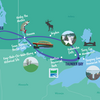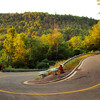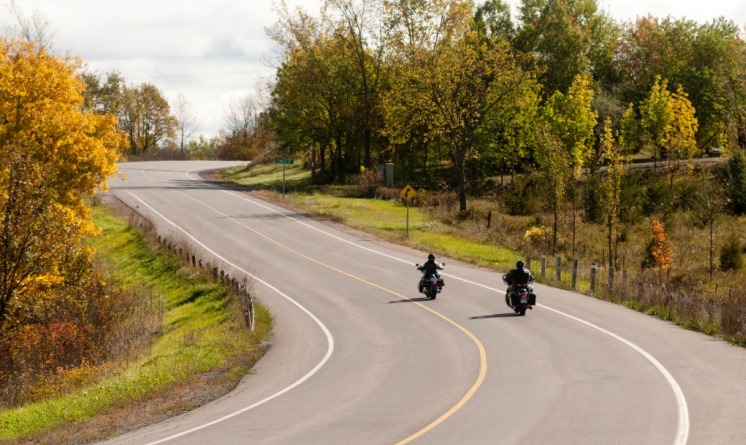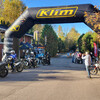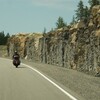
Prince Edward County Motorcycle Route
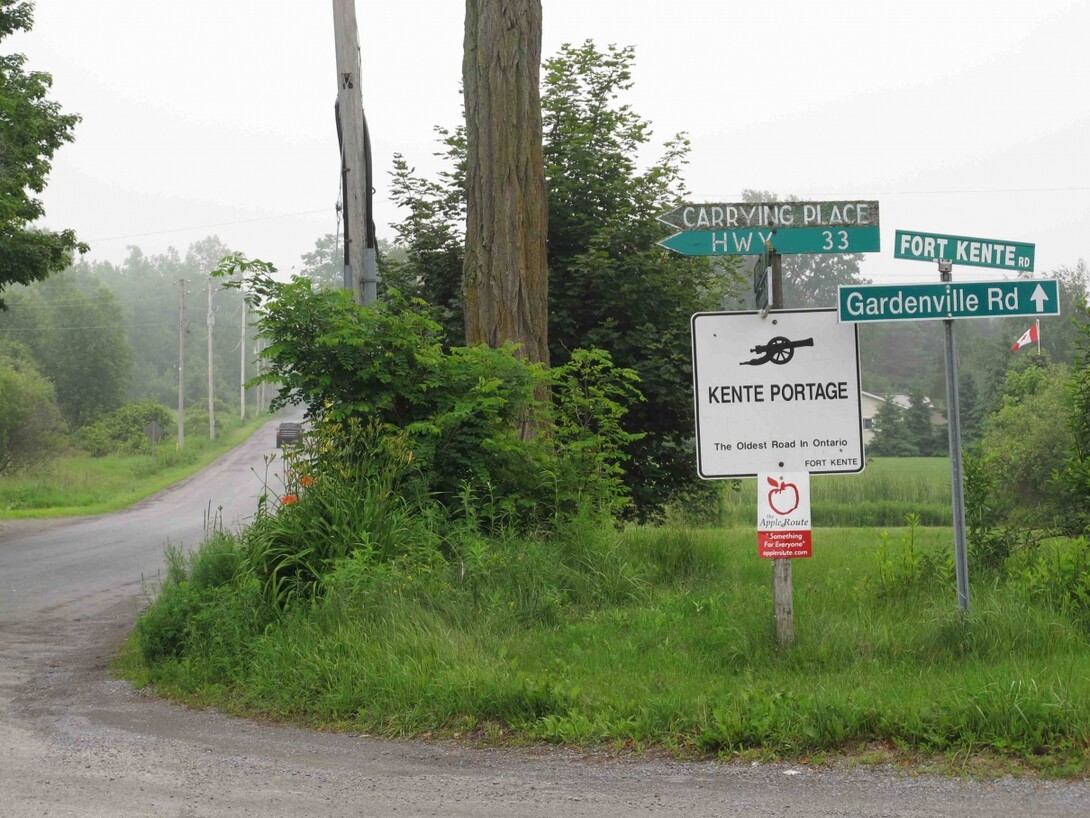
Planning a motorcycle ride in Prince Edward County has got me thinking: with its very British influence, what was life like here in the early days of colonization? Then again, Europeans have been here for only a few hundred years, the land I’m riding on has been here forever. Who was here before? Why did they arrive, and from where? Why did they leave? What stories can this land tell me about those who have travelled it before me?
Prince Edward County’s 1,000 square kilometre land mass juts out into the eastern end of Lake Ontario, its irregular shape creating over 500 kilometres of shoreline. Its population is a relatively stable 25,000, clustered in hamlets and small towns, with Picton (pop. 4,500) the largest. Moderated by Lake Ontario, its relatively mild climate is favourable for agriculture, a major influence in shaping its history.
Fortunately I could explore the Island from a very modern conveyance, courtesy of Yamaha Canada. The versatile new FJ09 is equally at home winding through back roads or meandering through small towns, loves to stretch its legs on the open stretches, and is ready and willing to duck down the path less travelled.
Aptly, my entry to the County was via Carrying Place, an old portage route. In 1787 John Bleeker was the first British settler to ply what is now Portage Road, purported to be the oldest road in Ontario, although the thousand-year-old trail had been well used by French fur traders and First Nations Peoples before them.
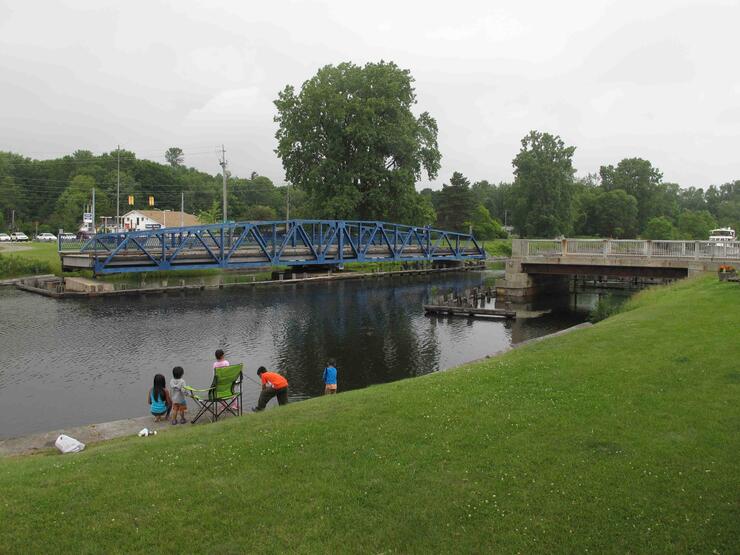
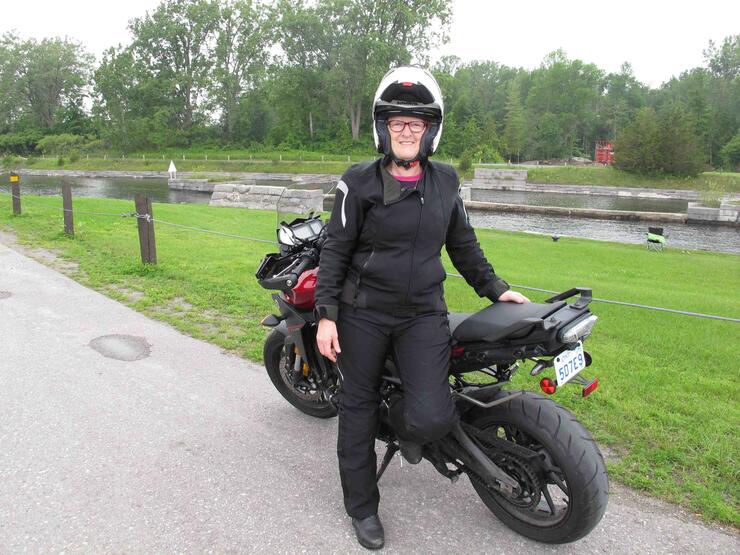
Stretching eight kilometres over a narrow isthmus, the Murray Canal, constructed between 1882 and 1889, connects Lake Ontario with the Bay of Quinte and makes Prince Edward County technically an island. A stone cairn commemorates the signing of the Gunshot Treaty in 1787 between the Mississauga First Nations and the Crown. Sadly, the Mississauga Nation was decimated by diseases brought from Europe.
From here I travelled south along Regional Road 33, also known as the Loyalist Parkway, a heritage route that follows the course of the Loyalists arriving in 1783.
For a scenic diversion on an overcast morning, I turned inland, following Consecon Lake’s north shore. It’s thought that the Kente (Quinte) Mission, established by French priests in 1668 to serve the Cayuga Village was located along this stretch. There’s no trace of it now, but it was easy to picture that early settlement along the wooded lake.
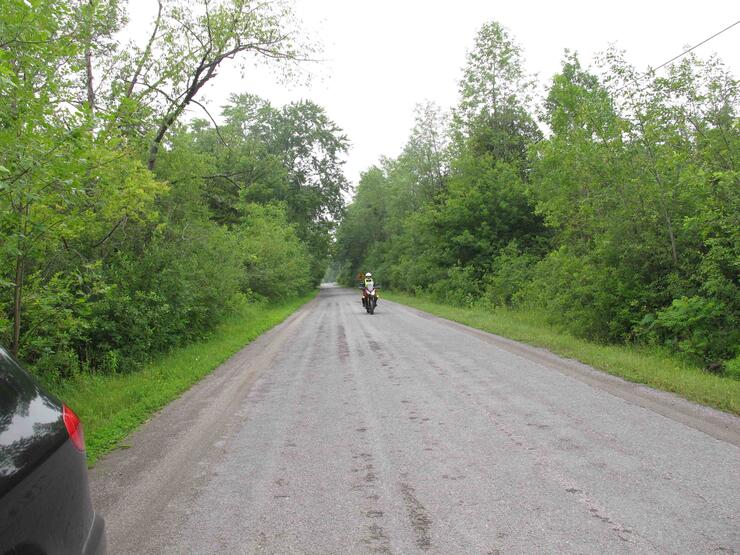
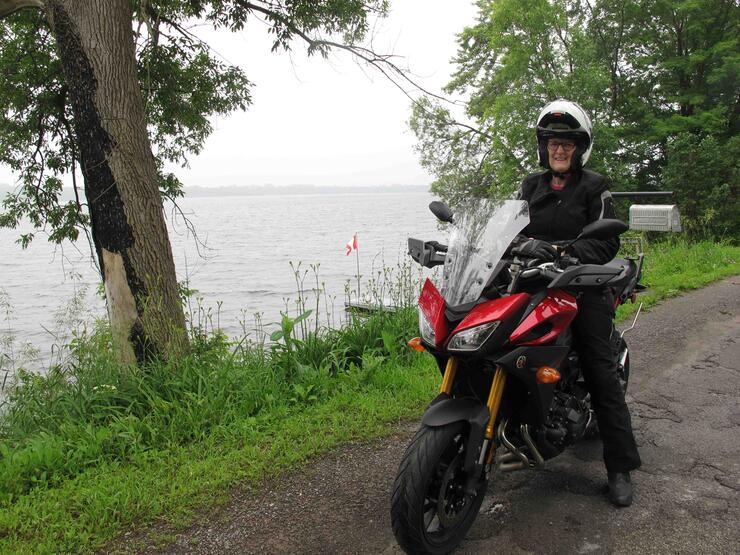
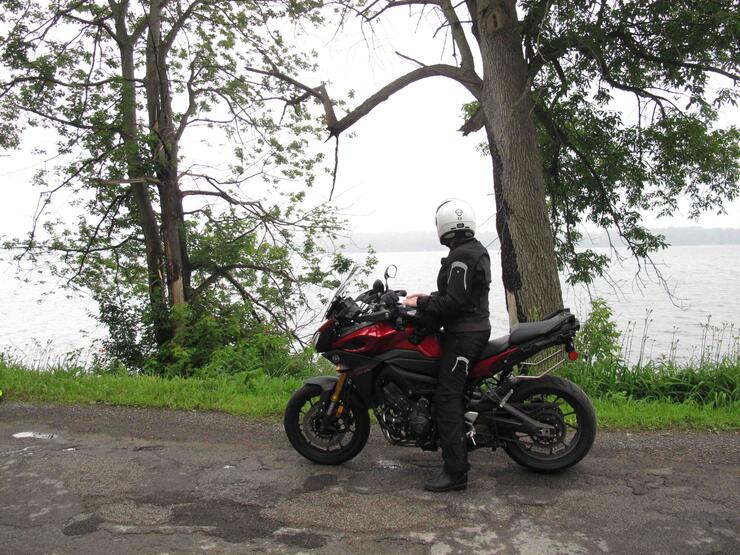
Cutting across farmland and south on County Road (CR) 2, I passed several of the approximately 50 vineyards and around 30 wineries for which the County is famous. Rejoining Loyalist Parkway between Wellington and Bloomfield, I headed east. The tree lined main streets of both towns are lined with historic buildings housing local artisans, products from cottage industries, and culinary delights.
With such beautiful countryside, open roads, and sunshine chasing away clouds, I skirted around Picton, continuing east on CR8, then across Sideroad 25 (paved) to CR7, stopping at the mysterious Lake on the Mountain. High above Picton Bay, the panoramic vista makes it a favorite stop. You can even see the Glenora Ferry as it makes its 30 minute crossings.
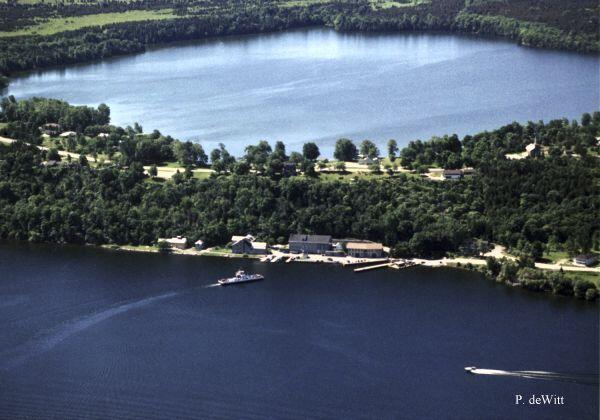
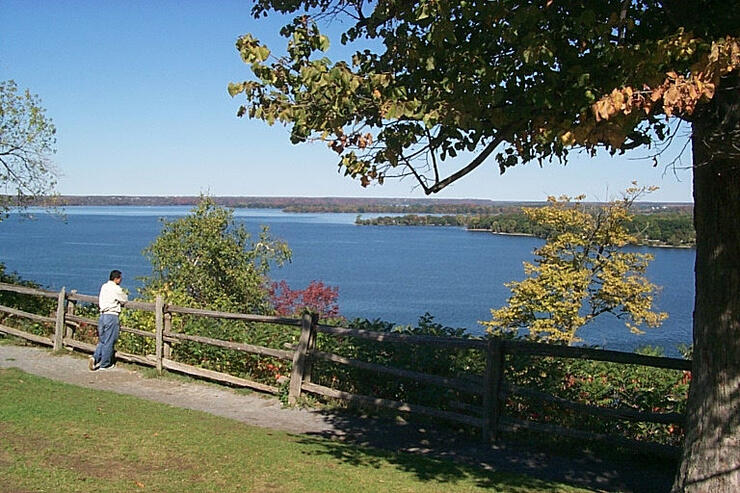
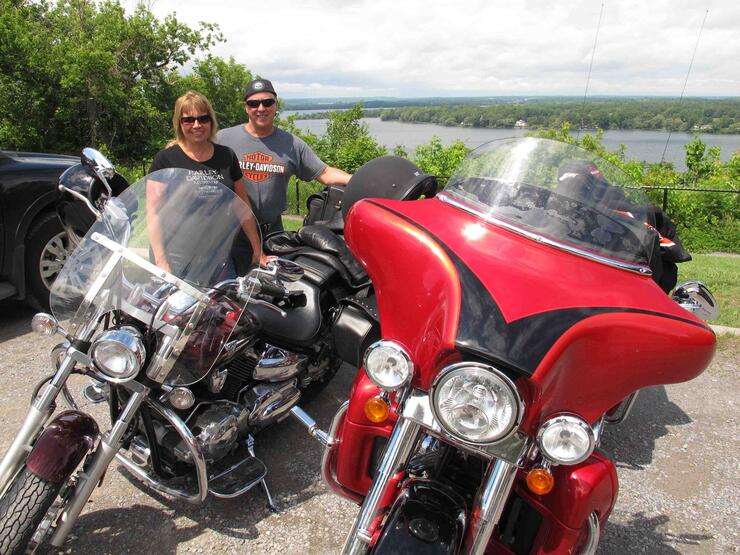
Just across the bay in Adolphustown, another distinctive group of settlers fleeing the revolution played a major role in shaping the County. Quakers were simple, agricultural folk who lived a quiet devout life. Their numbers and land base soon grew, spreading across into Prince Edward County, building their first meetinghouse in Bloomfield in 1817. Quakers were responsible for introducing superior farm animals and the best varieties of fruit, making Prince Edward County a leading agricultural center. More than 75 canning factories operated here between 1882 and 1996. The Wellington Heritage Museum , a former meeting house, contains a wealth of knowledge about their heritage.
Amongst the First Nations people, it’s the Mohawks who have had the most recent cultural influence. To learn more about them, I needed to head north on Regional Road 49 and cross out of the County to Tyendinaga, home of the Mohawks of the Bay of Quinte.

With Prince Edward County’s close proximity to what is now New York State, it’s thought that the Fort Hunter Mohawks came here to hunt and fish. Preferring to remain neutral, they eventually sided with the British during the American Revolution. To compensate for the loss of their ancestral homeland and recognize their military alliance, they were asked to select unsettled land in Upper Canada. A cairn across from Christ Church in Deseronto commemorates the landing, where on May 22, 1784, fifteen canoes delivered 20 to 25 Mohawk families who then settled here. A shaded path invites you to walk in peace and leads to Her Majesty’s Chapel Royal of the Mohawks.
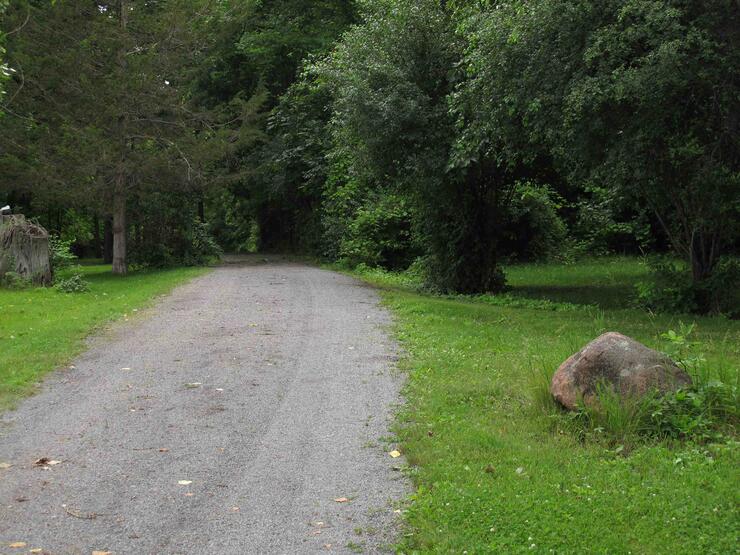
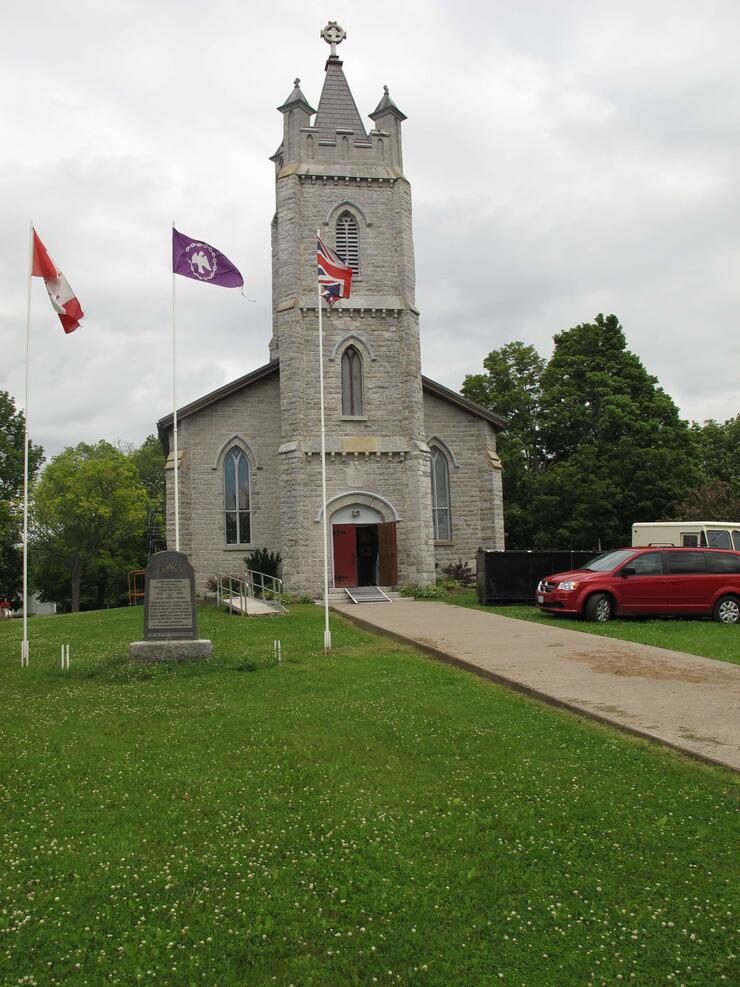
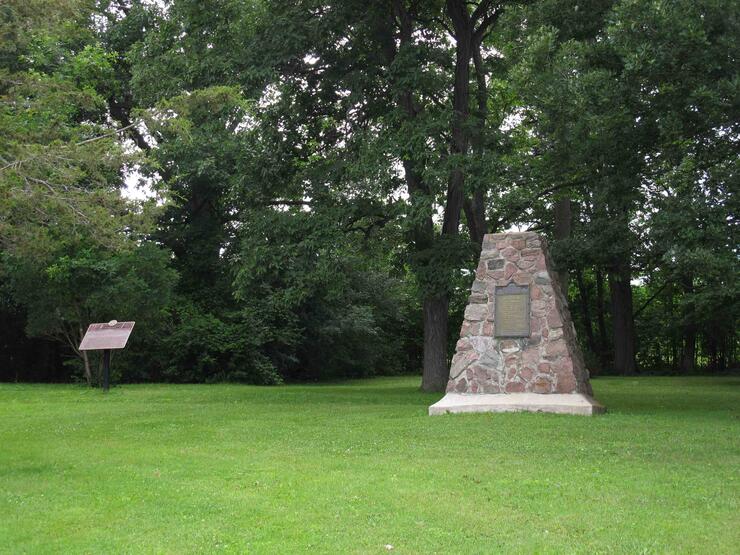
Built in 1843 to replace an old wooden structure, it houses a number of gifts from the Royals and commemorates the historical military alliance between the Mohawks and the British Crown. The gifts include a Queen Anne silver communion set given to them in 1711, which survived the ravages of several wars and is still in use today. It was the first of many battles in which the Mohawk Nation contributed to the history and preservation of the land we now call Canada.
The Chapel is undergoing extensive restorations so is unfortunately not accessible, although I glimpsed stunning stained glass windows through the scaffolding. I wandered through the historic cemetery, wondering what life was like during these times. Buried here is Dr. Oronhyateka, the first aboriginal Medical Doctor who attended Oxford University, was a personal friend of the Prince of Wales, and became a founder of the Independent order of Foresters.
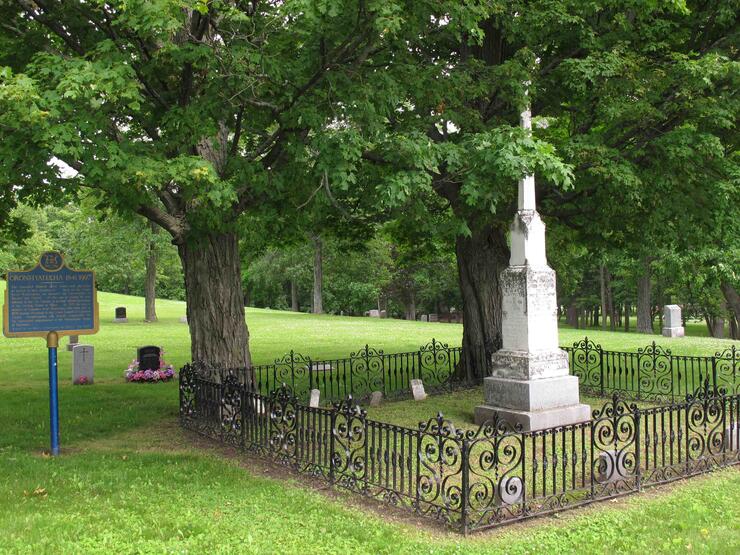
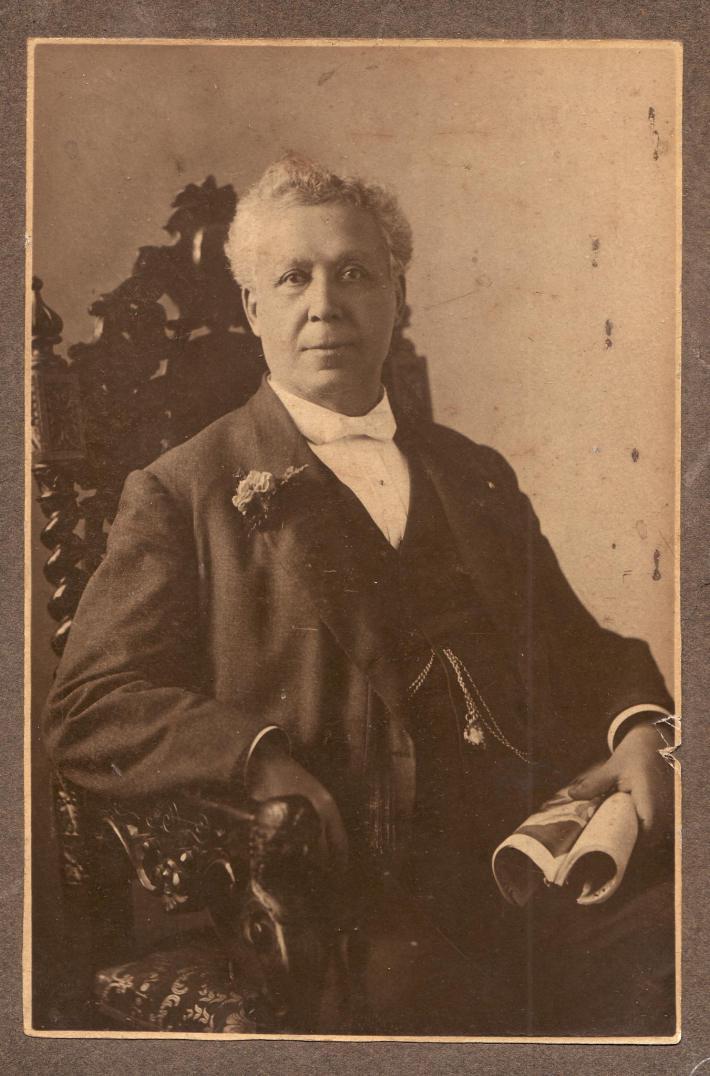
The Mohawks weren’t the only people displaced by the war. United Empire Loyalists were streaming to Upper Canada at the same time and by 1843, two-thirds of the Mohawk’s treaty land base was taken to accommodate these setters.
I rode across Tyendinaga along Old Highway 2, crossing the bridge back into the County at Regional Road 62, I knew finding what I was looking for at Massassauga Conservation Area was a long shot. Seven hundred years earlier, the area is thought to be the home of a people known as “mound builders”. Thirty to forty mounds have been found dating back to 900 A.D., many containing objects of cultural value. For obvious reasons they’re not marked and to the untrained eye, they’re impossible to identify. The road there is paved and undulating as it follows the Bay, making the trip worthwhile in any case.
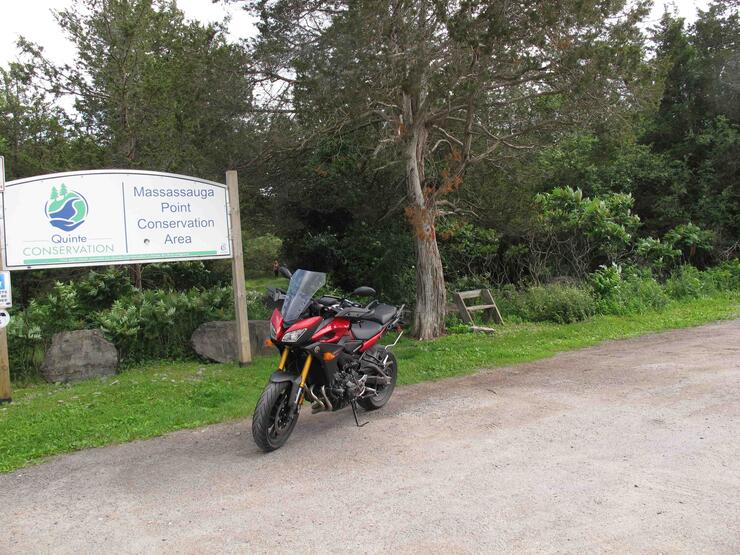
With the riding day drawing to a close, I completed my circle tour by following CR3 west, overlooking the Bay of Quinte. I’d had a wonderful ride and learned a lot. Some of my questions were answered, but they’d unearthed even more. Those answers must wait for another time.
Total Distance: 170 km.
Recommended Articles

Bucket List Motorcycling in Ontario, Canada 2026

Ontario's Best Twisties: Five Roads to Get Your Lean On

The Big Belly Tour—A Complete List of Ontario's BBQ Joints

It's Bike Night in Ontario 2024

Ontario's Top Twisties

Have You Ridden Canada's OG Highway? Here's Why Every Rider Needs to Hit Up Historic Highway 2

23 Amazing Photos That Prove PD13 Is Still The Best Motorcycle Event Ever

Motorcycle Swap Meets in Ontario—The Complete List for 2025

And a Vespa shall lead them all...



